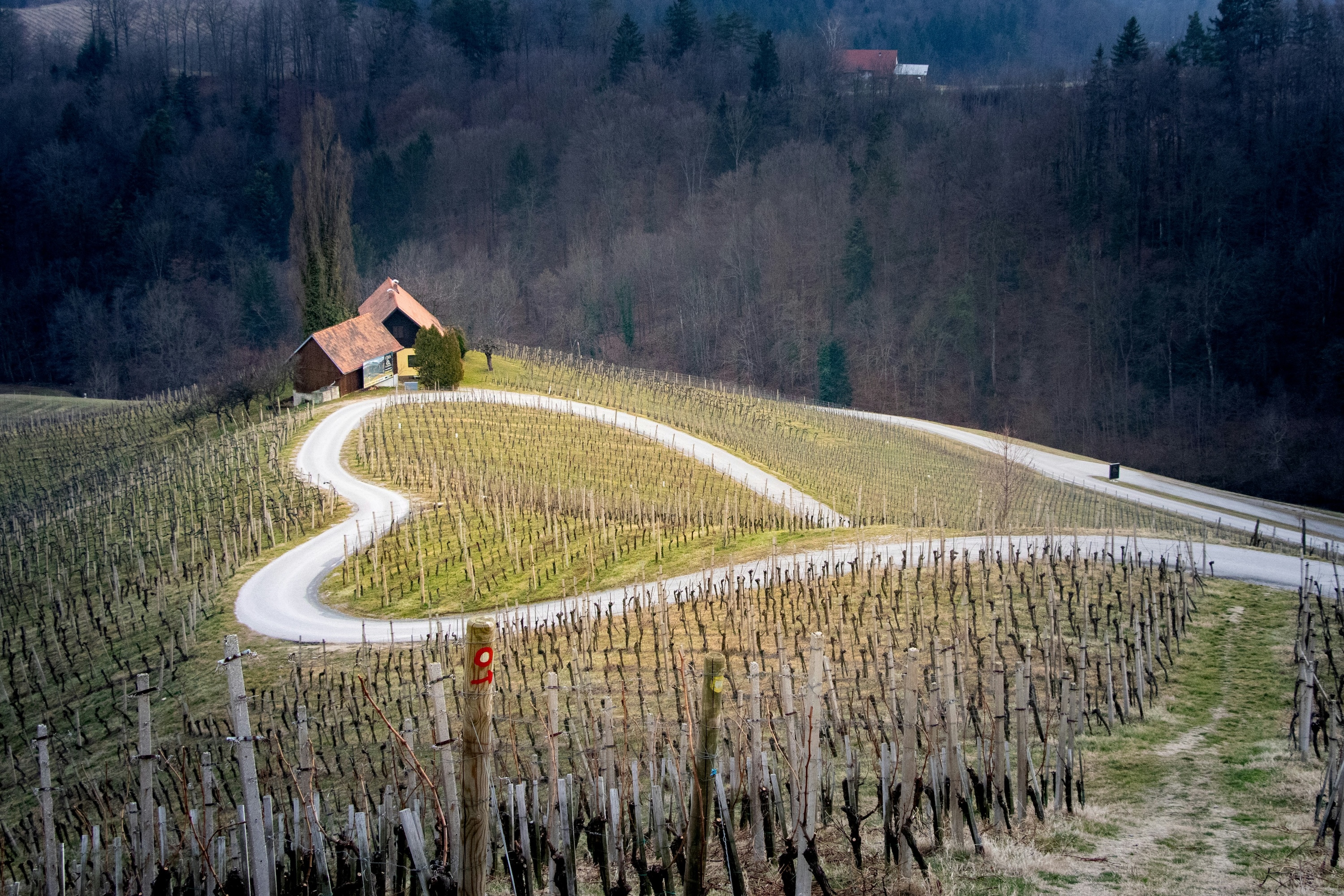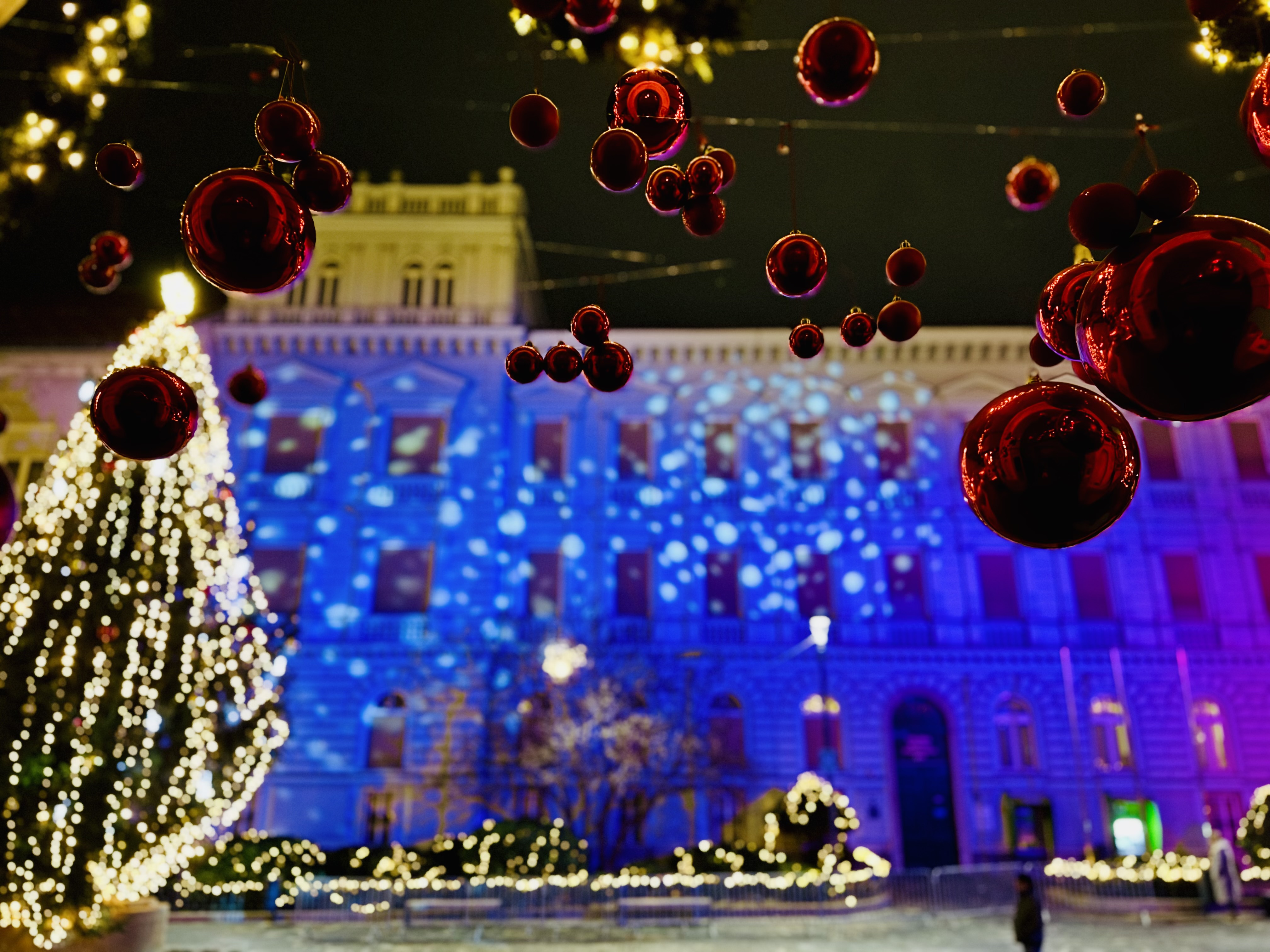Is Slovenia Part of the Balkans? Here’s Why It’s Not

In this blog, we explain where Slovenia is located, its historical background, and why Slovenians don’t see themselves as a Balkan nation.
So, Where Exactly Is Slovenia?
Slovenia sits in the heart of Europe, bordered by Austria, Italy, Croatia, and Hungary. It connects the Alps, the Mediterranean, the Dinaric mountains, and the Pannonian Plain. Still, many people ask: “Is Slovenia a Balkan country?” or “Is it Eastern Europe?”.
This confusion comes from the country’s past, specifically its time as part of Yugoslavia. But Slovenia has always stood out from its southern neighbors: geographically, culturally, and politically.
Slovenia & Yugoslavia: The Source of the Confusion
Slovenia was part of Yugoslavia until 1991, and that legacy still shapes people’s perceptions. But what was Yugoslavia, really?
➤ What Was Yugoslavia?
Yugoslavia emerged after World War I as a federation aiming to unite the southern Slavic nations: Slovenes, Croats, Serbs, Bosniaks, Montenegrins, and Macedonians. In 1929, the kingdom was renamed Yugoslavia, meaning “Land of the South Slavs.”
➤ Who Was Tito, and What Was Unique About Yugoslavia?
After World War II, the country became a socialist republic under Josip Broz Tito, who led Yugoslavia down an independent path. He was known as a charismatic leader who opposed the Soviet Union and charted his own course. Yugoslavia was not a member of the Warsaw Pact and was open to trade and travel with the West.
Tito's Yugoslavia offered stability, free education and healthcare, employment, and freedom of travel, which was quite progressive for its time. But beneath the surface, ethnic tensions were simmering.

➤ Which Countries Made Up Yugoslavia?
The republic included:
- Slovenia
- Croatia
- Bosnia and Herzegovina
- Serbia
- Montenegro
- North Macedonia
- And Kosovo (as an autonomous province of Serbia)
When Tito died in 1980, political instability followed. Conflicts broke out, and one by one, the republics declared independence. Slovenia was the first to leave sucessfully in 1991.
Slovenia: A Country With a Unique European Identity
Slovenia still occupies a fascinating position in Europe: geographically, historically, and culturally.
Centuries of ties with Central Europe
Long before Yugoslavia, Slovenia was part of the Habsburg Empire for centuries, along with Austria, Hungary, and northern Italy. This legacy shaped:
- Its architecture (just walk through Ljubljana or Ptuj)
- Its legal and administrative systems
- Its cultural values (order, cleanliness, education)
Geographically: Not on the Balkan Peninsula
Slovenia lies just north of the traditional Balkan Peninsula. It connects Alpine landscapes with the Adriatic coast, and has four major geographical zones in one small country, which you will find in th landscape: alpine peaks and glacier valleys, rolling hills covered in vineyards, thermal springs and lakes, and a short but sunny Mediterranean coast.
A distinct Cultural Blend
Slovenia has always kept its own language (Slovene) and cultural identity even during the Yugoslav years. Today, it proudly blends Alpine, Mediterranean, and Slavic traditions into something entirely its own.
- A growing reputation for local wine (nine wine regions and unique grape varieties)
- A seasonal food culture rooted in farm-to-table values
- A strong emphasis on wellbeing, sustainability, and outdoor life
Check it out: What do Slovenes eat? Taste of Slovenia
Since 2004, Slovenia has been a member of the European Union, Schengen Zone, and Eurozone – aligning itself firmly with Western Europe.
Why Slovenians Don't See Themselves as Balkan
Ask a Slovenian where they come from, and you will rarely hear: “I come from the Balkans.” Slovenians see themselves as part of Central Europe, with a Western-oriented culture, economy, and administrative structure. There is a clear mental distance from the image of the Balkans, which is still often associated with conflict, instability, or economic backwardness. The mentality is more comparable to that in Austria or northern Italy than to that in southern or southeastern Europe.
Slovenia is more connected to Vienna, Milan, and Munich than to Belgrade or Sarajevo.
- Infrastructure and public services are Western-standard
- Education is high-quality and globally oriented
- The economy is driven by exports to Germany, Austria, and Italy
- Tourism is centered around active holidays, green travel, and authentic experiences
“We don’t see ourselves as Eastern or Southern; we’re a mountain country with a Slovene soul,” said a local guide in Ljubljana.
But Yes, There Are Balkan Connections
Of course, Slovenia still shares some things with its southern neighbors:
- The Slovene language is part of the South Slavic family
- Certain foods and drinks like čevapčiči, burek, or rakija reflect Balkan roots
- Music and folklore traditions occasionally overlap
But Slovenia has consciously taken a different path: one that emphasizes clean energy, environmental protection, safe travel, and cultural independence.
So is Slovenië Balkan? No. It's Something Even Better
Rather than boxing Slovenia into outdated categories, it’s better to call it what it really is:
A peaceful, green, and proudly independent Alpine country in the heart of Europe.
Slovenia is where mountains meet the sea, where tradition meets innovation, and where a small nation quietly shows the world how to live well.
Curious to experience the real Slovenia for yourself? Explore our traveltips for the most beautiful spots.

